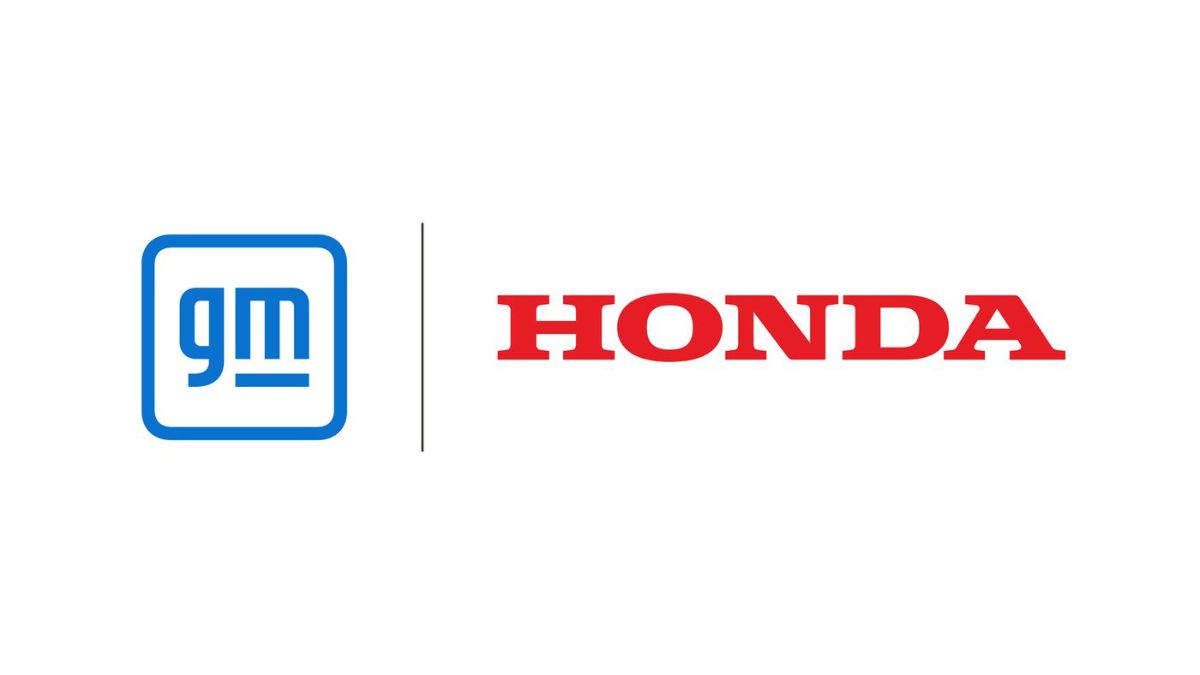
Advertisement
General Motors (GM) and Honda Motor have inaugurated commercial production of hydrogen fuel cell systems, signaling a significant move toward providing zero-emission alternatives beyond battery-electric vehicles. The production takes place at a state-of-the-art $85 million facility in suburban Detroit through a 50-50 joint venture named Fuel Cell System Manufacturing LLC.
This collaboration, which is regarded as the first of its kind in the United States, highlights a major milestone for the automotive industry, showcasing a historical moment for technology that has been under development for decades. Both companies are independently marketing and selling products resulting from this venture.
Fuel cells are increasingly seen as a viable replacement for diesel fuel in various applications such as generators, heavy-duty trucks, semitrucks, and construction equipment. The joint venture executives emphasized that the commencement of commercial production aligns with tightening emissions regulations, technological advancements, and a heightened focus on environmental, social, and corporate-governance (ESG) initiatives.
Charlie Freese, Executive Director of GM’s “Hydrotec” fuel cell products, stated during an event at the plant, “We’re getting some scale capability; we’re bringing costs down. And now we can start to move it into these segments where before it wasn’t really feasible.”
Honda’s fuel cell system is anticipated to debut in vehicles later this year, starting with a crossover based on the popular CR-V model. GM’s initial applications are expected to involve backup power stations and large trucks within Autocar’s fleet.
The joint venture production facility utilizes a highly automated process, incorporating expensive materials like platinum and carbon fiber to create flat “cells.” Each fuel cell system consists of 307 vertically stacked cells. Although the process is complex, the production facility is capable of scaling to meet demand.
Honda plans to sell around 2,000 fuel cell systems annually by 2025, increasing to 60,000 units in 2030, and aiming for several hundred thousand units per year by the second half of the 2030s. GM did not disclose specific production or sales expectations but emphasized the flexibility of the facility to scale as needed.
Despite past plans to produce a fuel cell passenger vehicle by 2023, GM shifted its focus to battery-electric vehicles for consumers. GM views fuel cells as complementary to its broader strategy of phasing out traditional gas-powered vehicles for consumers by 2035.
Hydrogen fuel cell electric vehicles operate similarly to battery-electric ones, utilizing electricity generated from hydrogen and oxygen. They offer quick refueling through a nozzle, addressing challenges such as consumer acceptance, fueling infrastructure, and cost. Commercial applications, particularly in trucking with set routes and destinations, are expected to be initial entry points for fuel cells.
While challenges persist, including skepticism from figures like Elon Musk, CEO of Tesla, regarding the viability of fuel cells, GM and Honda’s joint venture signifies a tangible step toward integrating hydrogen fuel cell technology into the transportation landscape.
